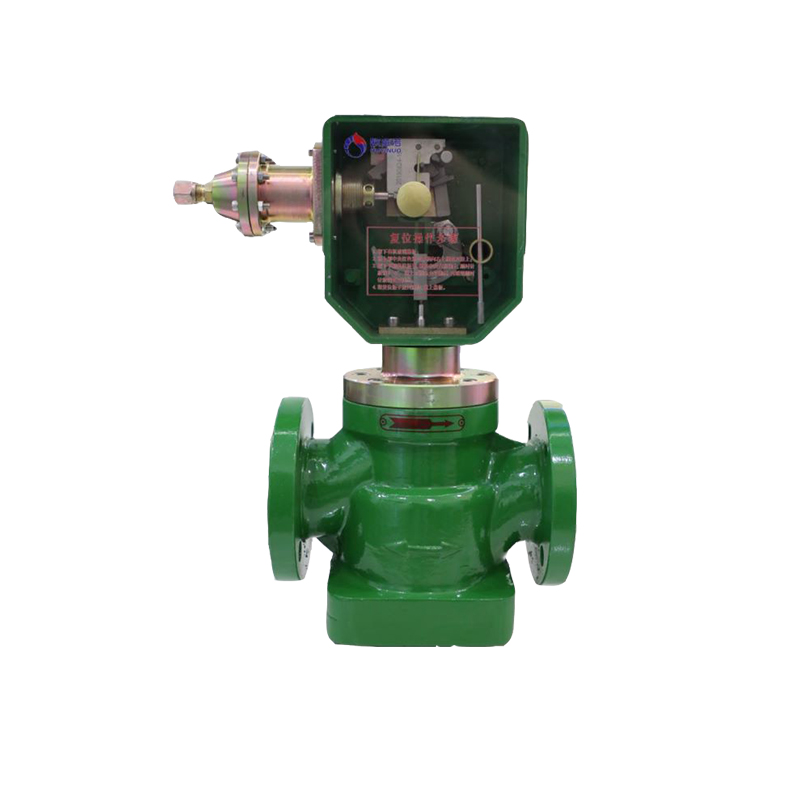
Aug . 17, 2024 02:34
Back to list
Understanding the Functionality and Design of Cyclone Separators in Industrial Applications
Cyclone Separator An Efficient Air Pollution Control Device
Cyclone separators are widely used in various industrial applications to separate solid particles from gases or liquids, primarily for air pollution control. These devices employ centrifugal force to remove particulates from fluid streams, making them an essential component in many industrial processes.
Principles of Operation
Cyclone separators operate on a relatively simple principle. When a mixture of gas and particulate matter enters the cyclone, it is directed into a cylindrical chamber where it is forced into a spiral motion. This swirling motion creates a centrifugal force that propels the heavier particles toward the outer wall of the cyclone. As a result, these particles move downward and eventually collect at the bottom of the device. The cleaner gas, which is now free of most particulates, exits through the top of the cyclone.
This method of separation is highly effective due to the combination of physical forces at work. The high velocity of the gas flow generates significant centrifugal forces that can efficiently trap even the smallest particles. The design of cyclones can be adapted based on the specific requirements of different applications, such as the size of particles to be separated and the flow rate of the gas stream.
Advantages of Cyclone Separators
One of the primary advantages of cyclone separators is their relatively low operational cost. They have no moving parts, which means less maintenance and repair compared to other separation technologies such as filters or scrubbing systems. Furthermore, cyclone separators can operate effectively at high temperatures and pressures, making them suitable for various industrial processes, including cement production, mining, and chemical manufacturing.
cyclone separator

Cyclone separators are also highly efficient. They can achieve separation efficiencies of up to 99%, depending on the design and operating conditions. This makes them a versatile choice for industries aiming to reduce air pollution and comply with environmental regulations.
Another significant advantage is their ability to handle large volumes of gas or liquid flows. Cyclone separators can be scaled to meet the specific needs of different industries, providing flexibility that other separation methods may lack. Their compact design allows for easy integration into existing industrial systems without requiring extensive modifications.
Applications
Cyclone separators are utilized in a wide array of applications. In the cement industry, they are commonly used to collect dust generated during material handling and processing. In the agricultural sector, they can separate grain dust from air in storage and transport facilities. Additionally, cyclone separators are employed in the petrochemical industry to separate catalysts and other particulates from process streams, ensuring the purity and quality of the final products.
In recent years, the need for effective air pollution control has led to increased adoption of cyclone separators in various sectors. As industries strive to meet stricter environmental regulations, the demand for efficient air quality management solutions continues to grow.
Conclusion
In summary, cyclone separators play a crucial role in many industrial processes by providing an efficient means of separating particulate matter from gas or liquid streams. Their simplicity, low operating costs, and high efficiency make them an attractive choice for a variety of applications. As industries continue to focus on environmental sustainability and reducing emissions, cyclone separators will undoubtedly remain a vital component of air pollution control strategies, contributing to cleaner air and a healthier environment.
Latest news
-
Safety Valve Spring-Loaded Design Overpressure ProtectionNewsJul.25,2025
-
Precision Voltage Regulator AC5 Accuracy Grade PerformanceNewsJul.25,2025
-
Natural Gas Pressure Regulating Skid Industrial Pipeline ApplicationsNewsJul.25,2025
-
Natural Gas Filter Stainless Steel Mesh Element DesignNewsJul.25,2025
-
Gas Pressure Regulator Valve Direct-Acting Spring-Loaded DesignNewsJul.25,2025
-
Decompression Equipment Multi-Stage Heat Exchange System DesignNewsJul.25,2025

